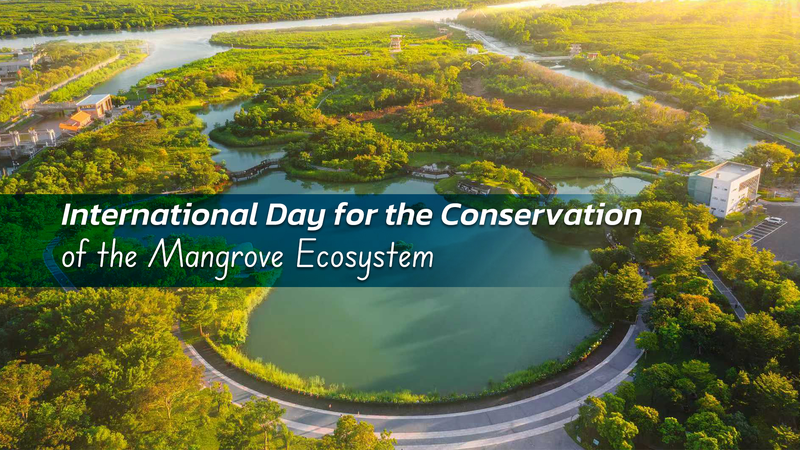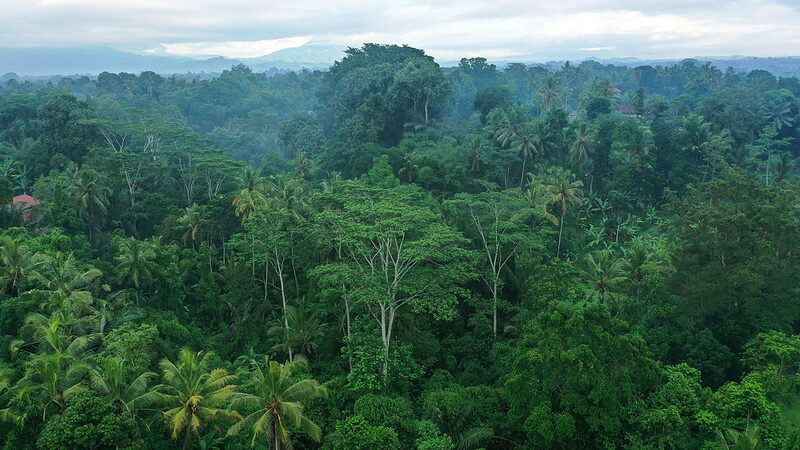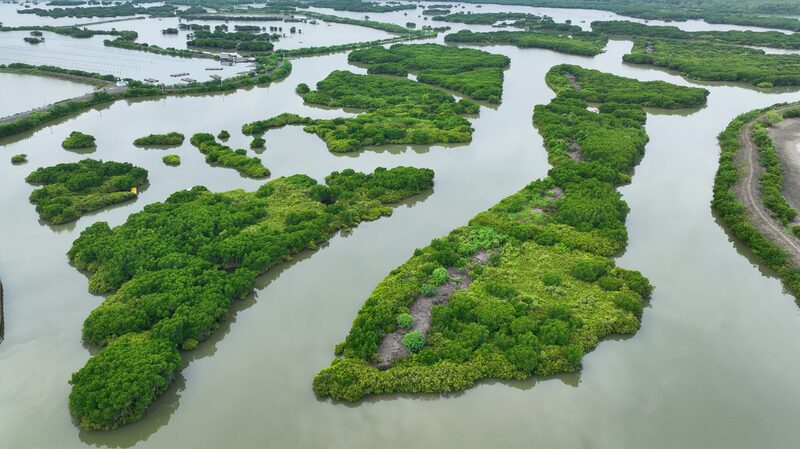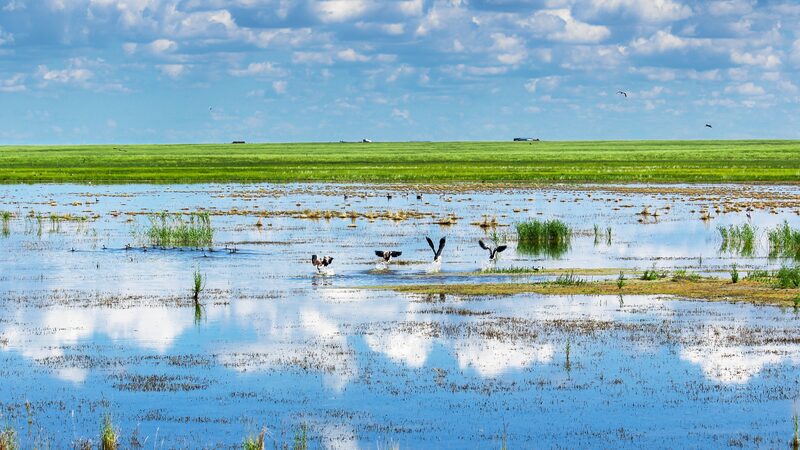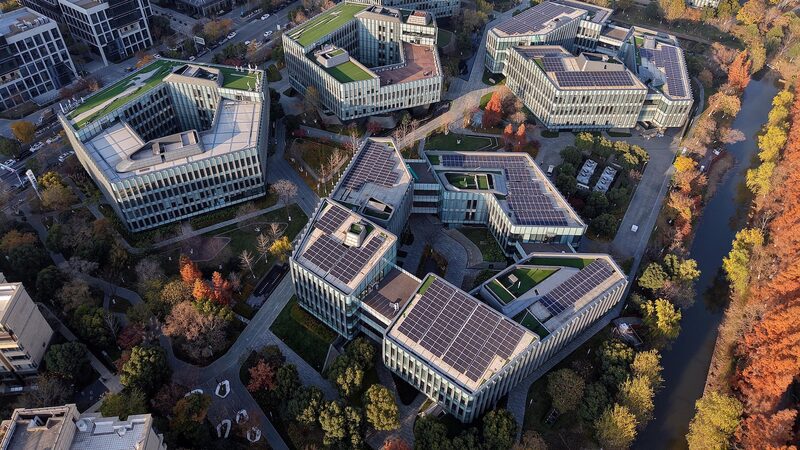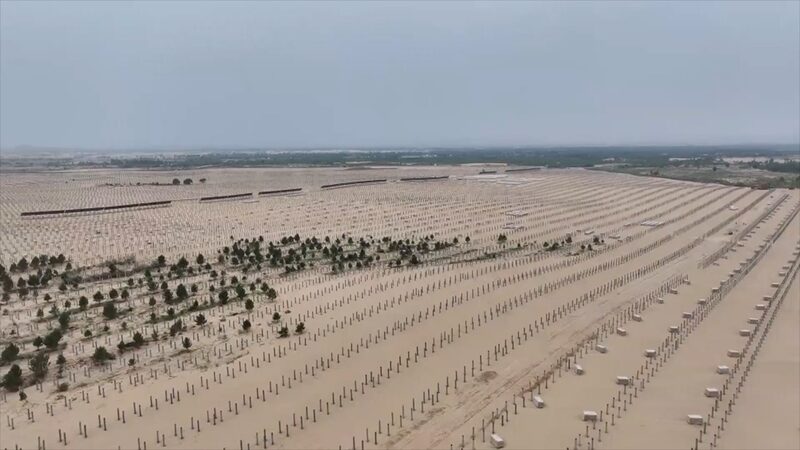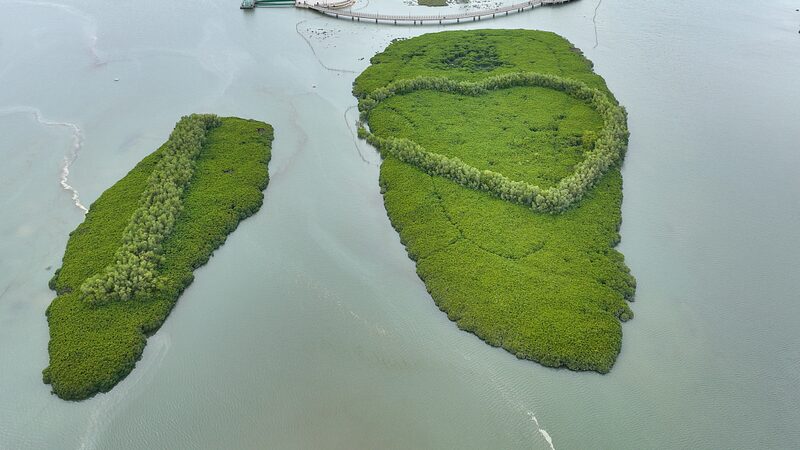As UNESCO marks the International Day for the Conservation of the Mangrove Ecosystem on July 26, Asian nations are stepping into the spotlight for their critical role in preserving these coastal powerhouses. Mangroves – nature’s hybrid warriors between land and sea – are gaining recognition as blue-carbon champions, absorbing up to four times more carbon than tropical forests while shielding communities from storms and rising tides.
From the Sundarbans spanning India and Bangladesh to Indonesia’s sprawling archipelago, mangrove conservation is emerging as a climate strategy with economic dividends. The Chinese mainland’s recent restoration of over 48,000 hectares of mangrove forests highlights regional efforts to balance ecological protection with sustainable aquaculture practices.
UNESCO’s Assistant Director-General for Natural Sciences, Lidia Arthur Brito, emphasizes: "Asia hosts 40% of the world’s mangroves. Their preservation isn’t just environmentalism – it’s food security, disaster prevention, and climate justice." Researchers note that healthy mangrove systems could prevent $65 billion in annual flood damage to coastal cities like Mumbai and Shanghai.
For investors, blue-carbon projects are creating novel opportunities. Singapore’s recent mangrove-linked green bond issuance attracted $2 billion in bids, signaling market confidence in ecological finance. Meanwhile, Thailand’s community-based mangrove tourism initiatives demonstrate how conservation can drive inclusive growth.
Reference(s):
cgtn.com
